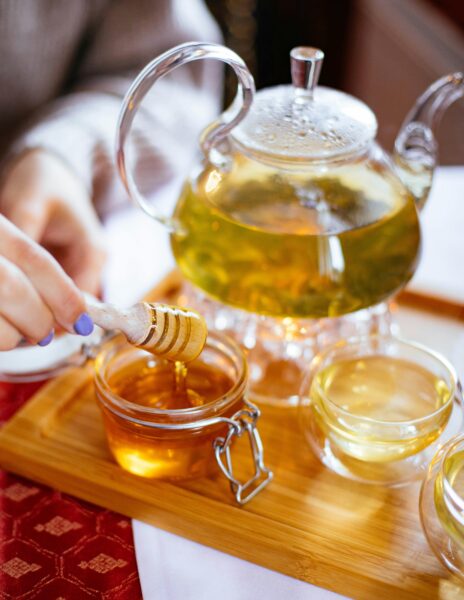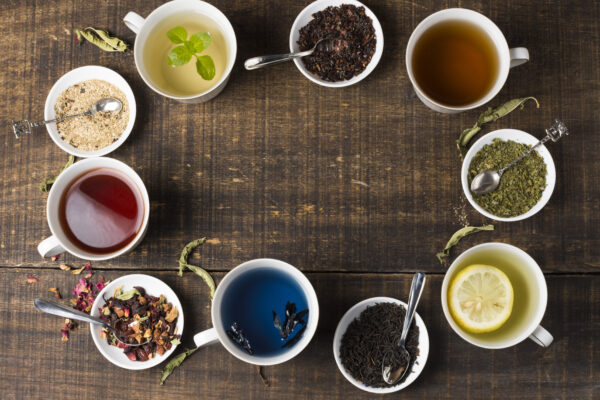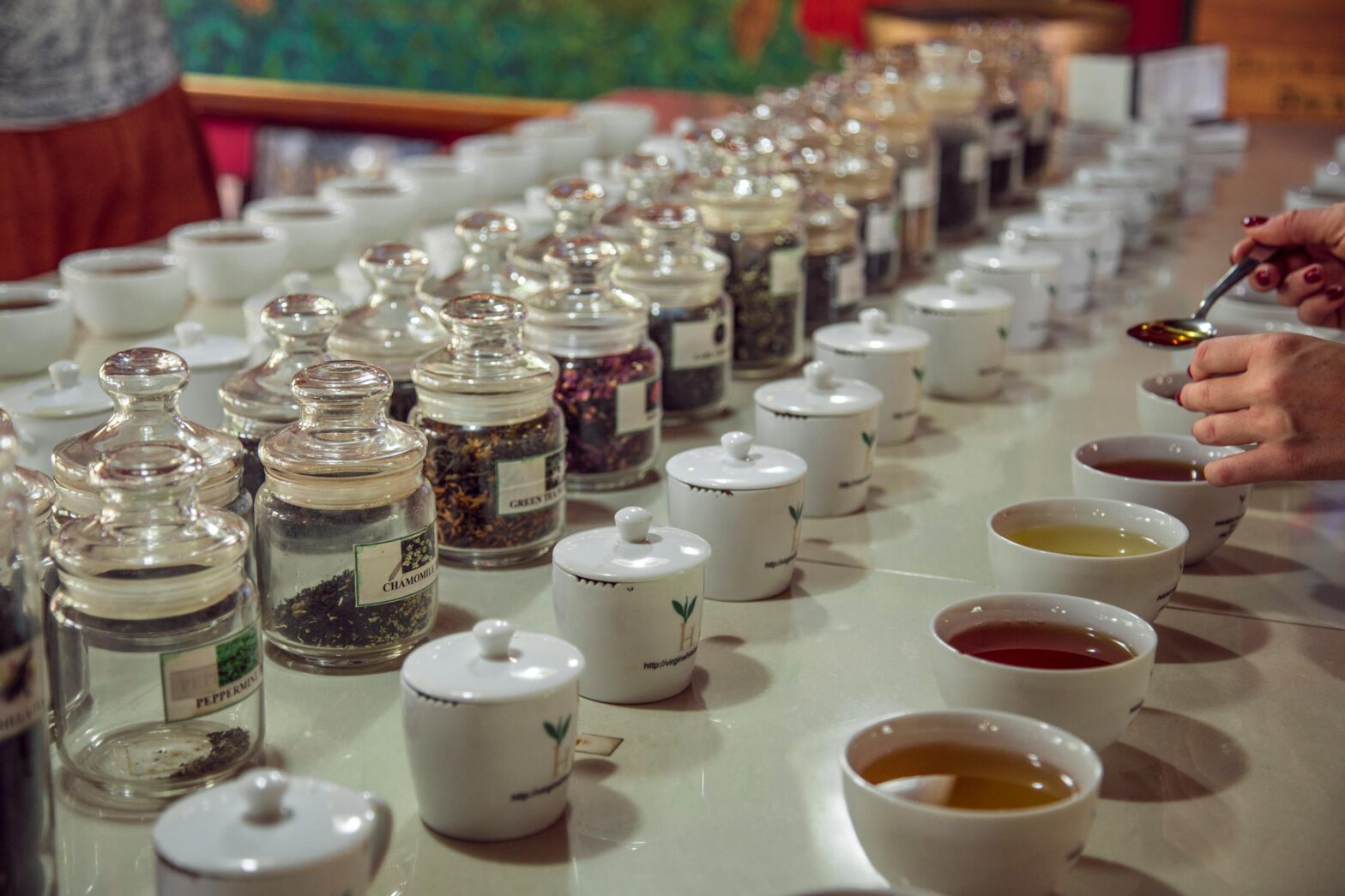
Tea, the world’s second most-consumed beverage after water, is not just a drink, but an experience. For many, it’s an everyday ritual, but for others, it’s an art to be mastered. If you’ve ever been intrigued by the idea of becoming a tea connoisseur, you’re in the right place. Tea tasting is not just about sipping and swallowing; it’s about exploring a world of flavors, aromas, and textures. Let’s embark on a journey into the art of tea tasting.
1. Understanding Tea Types
Before diving into the nuances of tea tasting, it’s crucial to understand the different types of tea. Tea comes in various forms: black, green, white, oolong, and pu-erh, each with its unique processing method and flavor profile. Familiarize yourself with these types to appreciate the diversity of tea.
2. The Right Tools
To taste tea like a pro, you need the right tools. A good quality teapot and cups are essential. For an authentic experience, consider using a Gaiwan, a traditional Chinese lidded bowl. Additionally, a tea strainer or infuser, a kettle to boil water, and a thermometer for temperature control will enhance your tea tasting session.
3. Observing the Dry Leaves
The journey begins even before the tea is brewed. Observe the dry tea leaves. Look at their size, shape, and color. High-quality tea leaves are usually whole and uniform. The appearance of the leaves can give you a hint about the tea’s quality and how it will taste.
4. The Importance of Water
The quality of water can make or break your tea experience. Use fresh, filtered water, as tap water can contain impurities that alter the tea’s flavor. Pay attention to water temperature as it varies for different teas – boiling water for black and herbal teas, slightly cooler for green and white teas.

5. Steeping Your Tea
Steeping time is crucial. Each type of tea has its recommended steeping time and temperature. For instance, green teas often require a shorter steep time at a lower temperature compared to black teas. Over-steeping can lead to bitterness, so it’s important to time it right.
6. Engaging the Senses
A. Aroma
Before tasting, inhale the aroma of the steeped tea. A tea’s aroma can be just as important as its taste. It can give clues about its character and flavor notes. Does it smell floral, fruity, earthy, or nutty?
B. Appearance
Observe the color of the tea liquor. Is it bright, clear, and vibrant, or is it murky and dull? The clarity and color of the tea can indicate its quality and how well it was brewed.
C. Taste and Mouthfeel
Finally, take a sip. Let the tea roll over your tongue. Tea tasting is about the balance of flavors – sweetness, bitterness, astringency, and umami. Notice the body of the tea – is it light or full-bodied? Does it feel smooth, creamy, or perhaps slightly dry and puckering (astringent)? These sensations contribute to the tea’s mouthfeel.
7. Reflecting on the Experience
After tasting, take a moment to reflect. How did the tea make you feel? What flavors stood out? Did the taste evolve as you drank it? Tea tasting is a personal experience, and each cup can offer a new perspective.

8. Practice and Exploration
Becoming a tea connoisseur is a journey of continuous learning and exploration. Try different teas from various regions and harvests. Keep notes on what you taste and prefer. Over time, you’ll develop a refined palate and a deeper appreciation for this ancient beverage.
Tea tasting is an art that combines tradition, sensory experience, and personal discovery. By following these steps, you’re well on your way to becoming a knowledgeable tea connoisseur. Remember, there’s no right or wrong way to taste tea – it’s about enjoying the journey and the flavors along the way. So, brew a cup, take a moment, and savor the world of tea.

